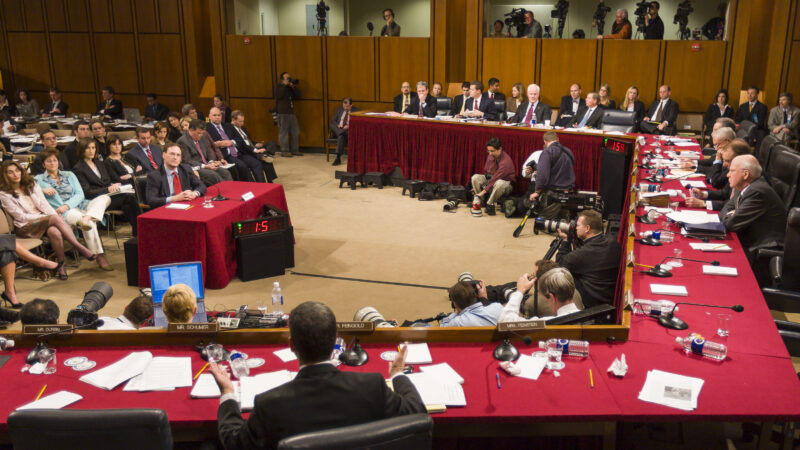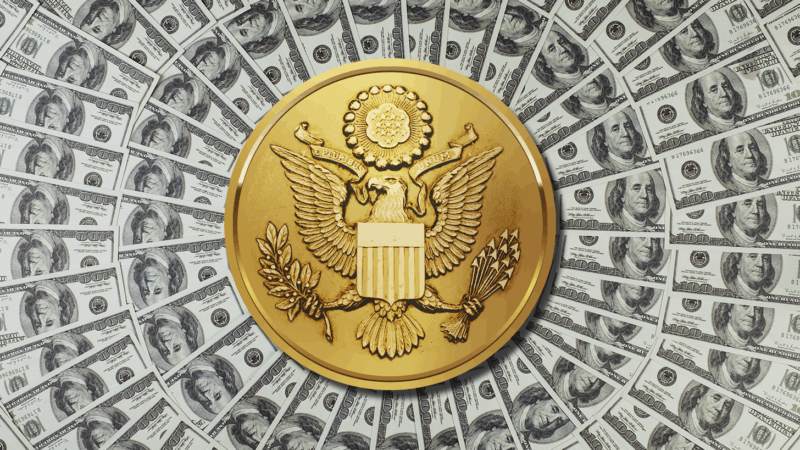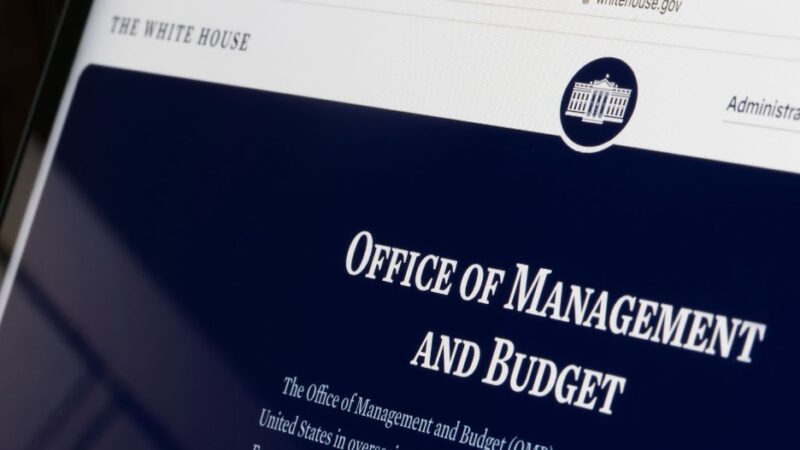
Done right, rescissions keep Congress in control of federal spending
When presidents want to propose cutting funds, they must send a message to Congress providing information about which funds they are proposing to cut. The proposed cuts are called “rescissions."
July 11, 2025





